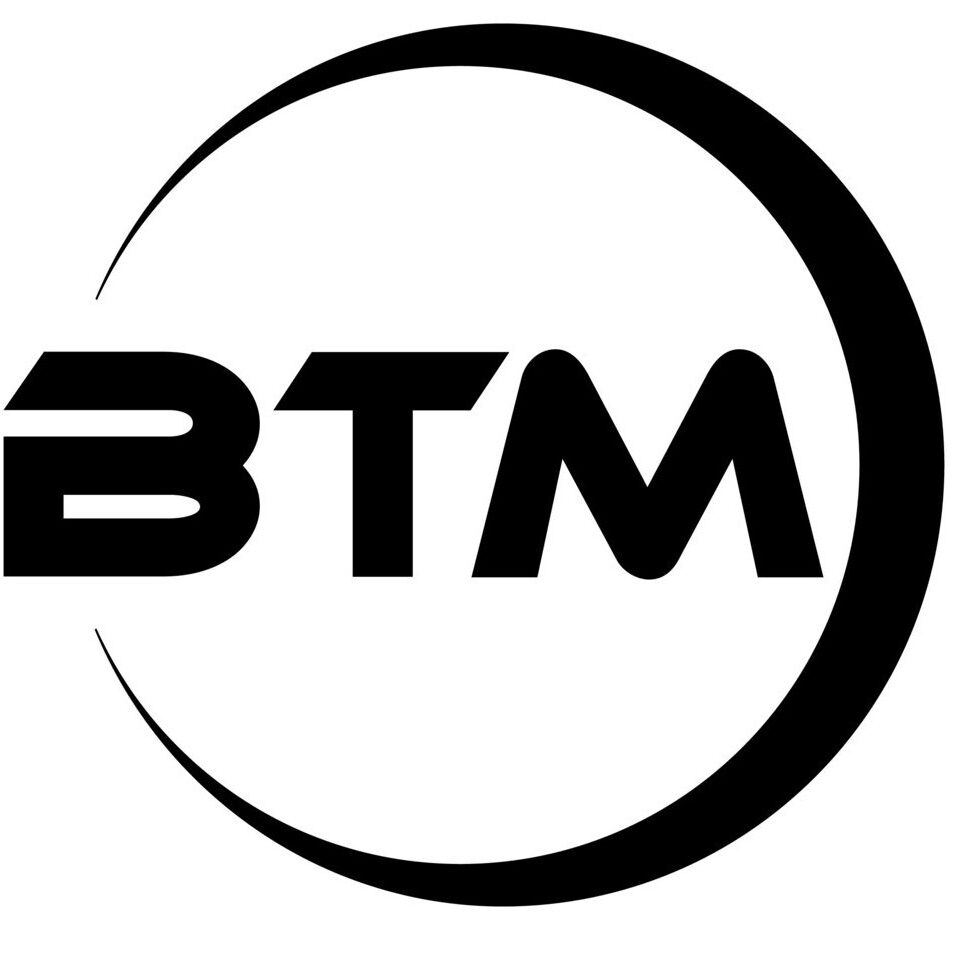The term “digital divide” describes the socioeconomic gap caused by inequalities in internet access. To this, it affects almost 3.6 billion people worldwide – which is around half the world’s population.
During the Coronavirus pandemic, the situation has only become more of a concern. Time once spent in the classroom became time spent on lengthy Zoom calls. But although virtual learning has challenges of its own, accessibility is one itself.
How is the digital divide in education impacting students, and what are startups doing about it?
History of the Digital Divide in Education
Inequality between different races and economic classes has long existed. This inequality was exacerbated with the emergence of the internet. The internet has become a hub for social, political, and economic systems. Plus, it houses lots of informative content, making it a one-stop-shop resource.
Yet the power of the internet comes with downsides. Those who are unable to use the internet aren’t able to access handy material used in jobs and at school. Nowadays, most organizations have digital infrastructures to which members need access.
Those who earn below $75,000 are unlikely to be able to afford quality-speed internet. Income is often split along educational and racial barriers, too. Furthermore, the elderly aren’t familiar with new technology.
As such, racial and economic gaps have only widened as the world – and school material – shifts more and more online.
How Covid-19 Makes Things Worse
Coronavirus turned the world upside down. Jobs, services, and schools all had to shift online in a limited time span. Some people even lost their jobs, and with their jobs, their income – and their access to the internet.
Widespread reliance on digital education has only made the effects of the digital divide in education worse. Teachers have trouble communicating with households that have low-quality internet or no internet. Lessons that would have been taught in the classroom are now only available on-screen.
The result? Students in rural or poorer school districts are falling behind on content. Ability to get higher education and other opportunities fall behind with that content.
Public school systems must guarantee equal access to education, but Covid-19 complicates things.
What Startups Are Doing to Fix Things
Education technology has for a long time been a necessary component of student life and became even more so during worldwide pandemic lockdowns. Without access to these technologies, students haven’t been able to thrive.
Startups in education technology and inclusive technology are trying to present solutions. Governments and private corporations are partnering across the globe to step up in the face of the pandemic. In countries where internet access wasn’t previously available, different outlets are beginning to open up.
In short: the pandemic is advancing inclusive learning. Different affordable services and resources, like my homework writers, are becoming available in response to the challenges that have arisen. Organizations like UNICEF have taken the needs of students into account in order to eliminate barriers to obtaining an education.
The digital divide in education is a serious issue. But by addressing it head-on, we can make education a possibility for a majority of students.




